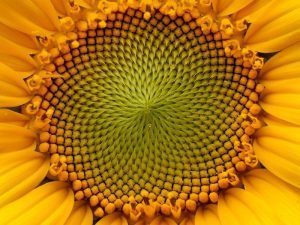George Dvorsky in Gizmodo:
Using computers and MRI scans, researchers have created the most detailed reconstruction of a Neanderthal brain to date, offering new insights into the social and cognitive abilities of these extinct humans. But as to whether these characteristics were responsible for their ultimate demise remains an open question.
New research published today in Scientific Reports suggests important differences in cognitive and neural function between Homo sapiens and Neanderthals led to differences in behavior that may have resulted in the conditions under which anatomically modern humans succeeded and Neanderthals failed some 45,000 years ago. To reach this conclusion—and in one of the first studies of its kind—scientists conducted a comparative analysis of Neanderthal and early modern human skulls to infer brain function. But because no other archaeological evidence was provided to bolster the case, and because the shape and size of brains cannot be definitively tied to cognitive capacity and behavior, the question of what caused Neanderthal extinction remains very much unsettled.
The story of the Neanderthals has puzzled archaeologists and anthropologists ever since the first skeleton of this species was uncovered in 1829. Despite years of research and speculation, we’re still not sure what went wrong for the Neanderthals, who lived in Europe and Asia for a whopping 200,000 years, much of it during the Ice Age. At the same time, scientists aren’t entirely sure what went right for Homo sapiens. So when it comes to explaining their failure and our success, it’s fair to ask: What were the differences that made the difference?
More here.

 April is both
April is both